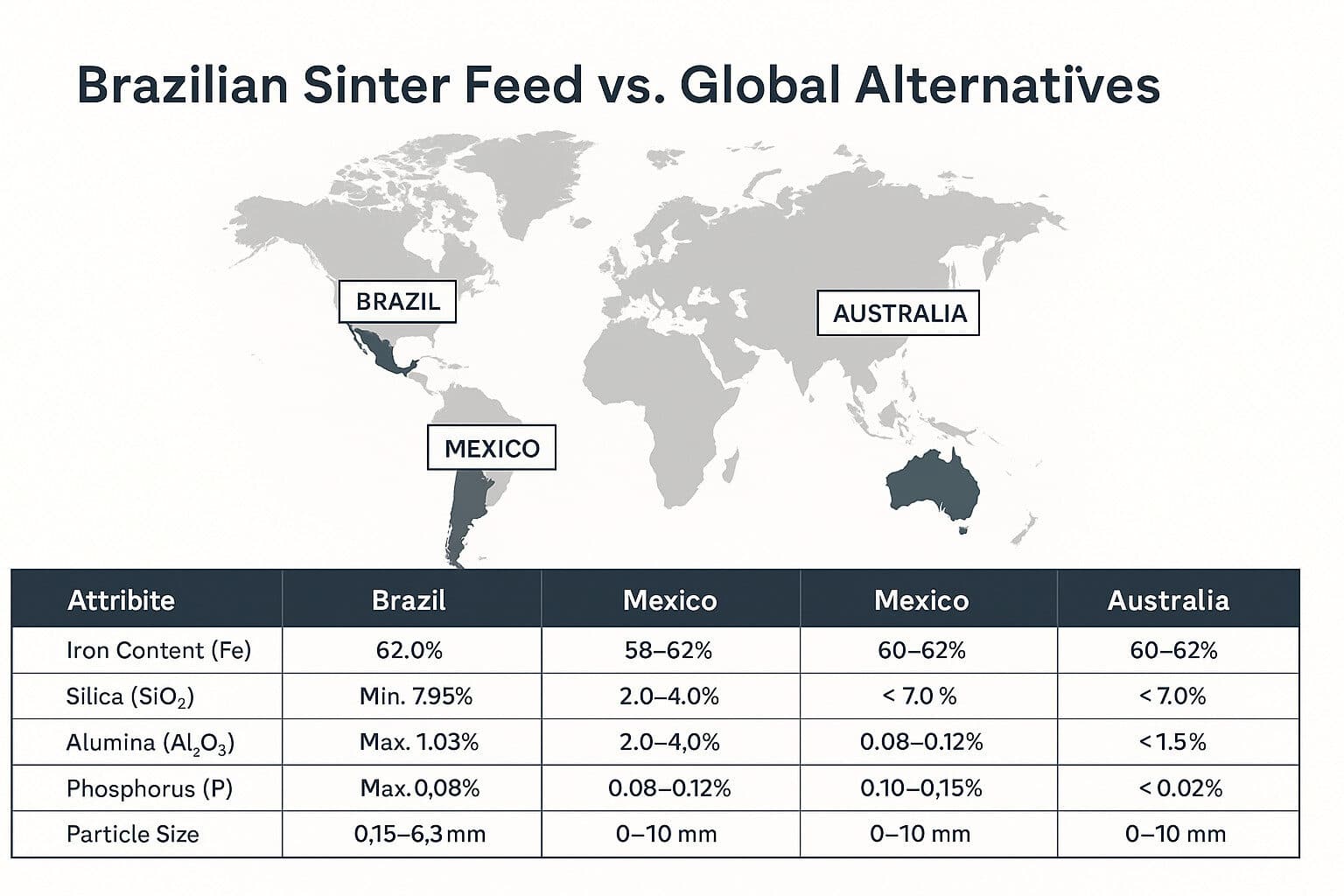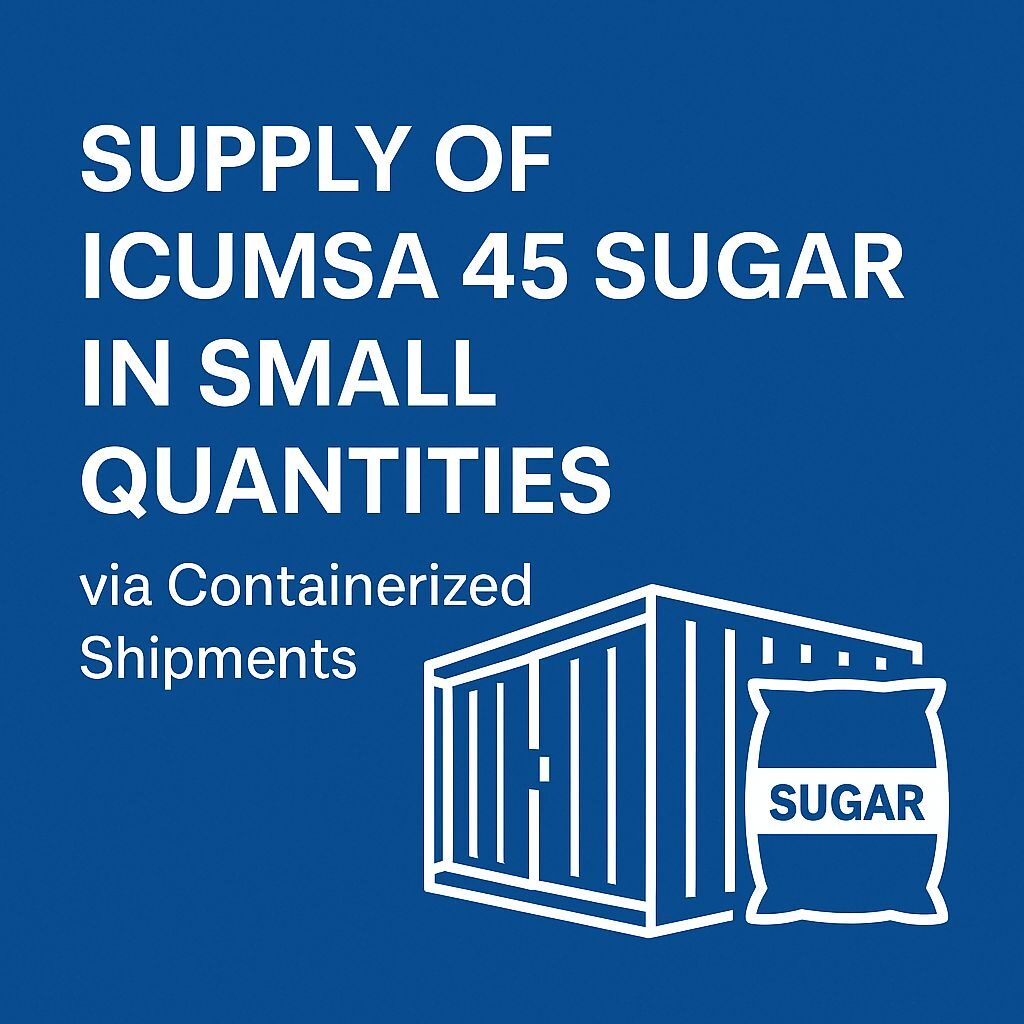The Rise and Impact of Indonesian Coal Exports
When you think of coal, what comes to mind? For many, it’s just a dusty, black rock used to fuel power plants and heat homes. But when we dive into Indonesian coal mining, we uncover a fascinating world filled with economic significance and environmental challenges. Picture bustling mines, the sound of heavy machinery, and the lives of workers who depend on this industry. Indonesia, one of the largest coal exporters globally, plays a crucial role on the world stage, and the implications of this are profound—both for the economy and the environment.
Understanding Indonesian Coal Mining
Indonesia boasts a rich tapestry of natural resources, with coal being one of its crown jewels. With vast reserves, the country has emerged as a key player in the global coal market. But what makes Indonesian coal so special?
Quality: Indonesian coal is renowned for its high calorific value, producing more energy per ton than many lower-quality alternatives. This means more bang for your buck, making it a preferred choice for many countries.
Accessibility: The country’s coal mines are not just plentiful; they’re also relatively easy to access, streamlining extraction and exportation processes.
Key Regions for Coal Production
Indonesian coal mining thrives in several key areas:
Sumatra: Famed for its high-quality thermal coal that powers countless homes and industries, Sumatra stands out as a vital region in Indonesia’s coal landscape.
Kalimantan: Often seen as the backbone of Indonesia’s coal production, Kalimantan boasts vast reserves and robust infrastructure. The region’s accessibility and efficiency make it a powerhouse in the coal market.
These regions are vital in supplying coal not just to Indonesia, but to countries across Asia and beyond, fueling economies and energy needs worldwide.
The Economic Impact of Indonesian Coal Exports
Boosting the National Economy
The coal industry is a cornerstone of Indonesia’s economy, serving as a lifeline for many communities. Here’s how it makes a significant impact:
Job Creation: Thousands of jobs flourish in mining, transportation, and logistics. Families often depend on these jobs for their livelihoods, creating a ripple effect in local economies.
Government Revenue: Export taxes and royalties from coal mining contribute significantly to national and local revenues. This funding supports infrastructure, education, and health services, making it crucial for national development.
Foreign Investment: The coal sector attracts foreign investors, injecting much-needed capital into the economy. This influx fosters economic growth and opens up new opportunities for local businesses.
Global Trade Dynamics
Indonesian coal exports are vital in the global energy supply chain. Countries like China, India, and Japan rely heavily on Indonesian coal to meet their energy needs. Imagine bustling ports and ships laden with coal navigating the waters, connecting Indonesia to the world. The dynamics of these relationships shape not only the economy but also the geopolitical landscape, influencing trade agreements and international relations.
Environmental Concerns Surrounding Coal Mining
The Dark Side of Coal
While the economic benefits are clear, we can’t overlook the environmental costs associated with coal mining. Here are some pressing concerns tied to Indonesian coal mining:
Deforestation: Mining operations often lead to significant deforestation, threatening biodiversity and disrupting local ecosystems. Imagine lush forests replaced by barren landscapes, impacting countless species.
Air and Water Pollution: Dust from coal mining can severely affect air quality, while runoff can contaminate local water sources, harming both people and wildlife. Communities near mining sites often struggle with health issues due to polluted air and water.
Climate Change: As a fossil fuel, coal contributes to greenhouse gas emissions, raising urgent concerns about its role in climate change. The world is increasingly aware of the need for sustainable energy sources, putting pressure on coal-dependent countries.
Efforts Toward Sustainability
Interestingly, Indonesia is making strides toward sustainability. Initiatives to rehabilitate mined areas and promote renewable energy sources are gaining traction. Picture abandoned mines being transformed into green spaces or solar farms. The challenge lies in balancing economic growth with environmental stewardship, ensuring a sustainable future for both the economy and the planet.
The Future of Indonesian Coal
Trends and Predictions
Looking ahead, the future of Indonesian coal exports presents a complex picture. On one hand, demand in Asia remains robust; on the other, the global push for cleaner energy sources is intensifying. Here are some key trends to consider:
Renewable Energy Growth: As countries invest more in renewable energy, the coal market may face significant challenges. The transition to solar, wind, and hydroelectric power is reshaping energy demands, requiring coal producers to reimagine their roles in the energy mix.
Technological Innovation: Advances in clean coal technology could provide a lifeline for the industry. Innovations that reduce emissions and improve efficiency may help coal remain competitive in a changing energy landscape. Companies that adopt these technologies can not only sustain their operations but also appeal to environmentally conscious investors.
Adapting to Change
For Indonesia’s coal industry to thrive, adaptation is essential. This might involve investing in cleaner technologies or diversifying energy sources. Imagine coal companies transitioning from traditional mining practices to more sustainable methods, ensuring their relevance in an evolving market. Staying ahead of the curve is crucial for future viability.
Indonesian coal is more than just a commodity; it’s a vital part of the country’s economy and the global energy market. While the benefits are significant, the environmental impacts cannot be overlooked. As we move forward, embracing sustainable practices and innovative solutions will be essential for the future of Indonesian coal mining. The path ahead may be challenging, but with commitment and creativity, a balanced approach is achievable.
If you’re interested in exploring opportunities in the coal sector, we have direct access to coal mines in Indonesia. Partner with us to navigate this evolving landscape and invest in sustainable practices that benefit both the economy and the environment. Contact us today to learn more!
FAQs
What are the primary uses of Indonesian coal?
Indonesian coal is primarily used for electricity generation and industrial processes, fueling industries across Asia.
How does Indonesian coal compare to other types of coal?
It generally has a higher calorific value, making it more efficient for energy production compared to many other coals.
What are the environmental impacts of coal mining in Indonesia?
Major impacts include deforestation, pollution, and contributions to climate change, affecting both local communities and wildlife.
Is Indonesia moving towards renewable energy?
Yes, there are initiatives underway to increase renewable energy use alongside traditional coal mining, reflecting a commitment to sustainability.
Who are the main importers of Indonesian coal?
Key importers include China, India, and Japan, which heavily rely on Indonesian coal to meet their energy needs.
Indonesian coal is known for its distinct qualities that set it apart from coal produced in other countries. Here’s a comprehensive comparison of Indonesian coal quality relative to its global counterparts:
Quality Characteristics of Indonesian Coal
Calorific Value:
– Indonesian coal typically has a gross calorific value (GCV) ranging from 4,800 to 6,200 kcal/kg, depending on the specific type of coal (high CV or low CV) and moisture content. This high calorific value makes Indonesian coal a preferred choice for power generation and industrial applications.
Types of Coal:
– The majority of Indonesia’s coal resources are lignite and sub-bituminous coals, which account for over 95% of the total. Only about 4% is classified as bituminous coal. This composition means that while Indonesian coal is abundant, it is predominantly lower-grade compared to countries like Australia, which produces a higher percentage of high-grade thermal and metallurgical coal.
Sulfur and Ash Content:
– Indonesian coal generally has low sulfur content (less than .0.7%.), which is favorable for reducing emissions during combustion. The ash content typically ranges from .5% to 7%., which is comparable to other coal-producing nations. Lower sulfur and ash content contribute to its reputation as “cleaner” coal compared to some other sources.
Volatile Matter:
– The volatile matter content in Indonesian coal ranges from 38% to 42%, which is relatively high. This characteristic facilitates easier combustion, making it efficient for energy production.
Global Standing
Indonesia is the largest exporter of thermal coal globally, supplying about **one-third** of the seaborne coal market. Its primary markets include China, India, and Japan, where the demand for energy continues to grow.
The relatively high calorific value and low sulfur content of Indonesian coal make it an attractive option for these countries, despite its lower grade compared to Australian coal, which is often preferred for its higher energy content and lower impurities.
In summary, Indonesian coal is characterized by its high calorific value, low sulfur content, and significant availability, making it a vital energy source for many countries. While it may not match the higher grades of Australian coal, its unique qualities and competitive pricing ensure its continued importance in the global coal market.







